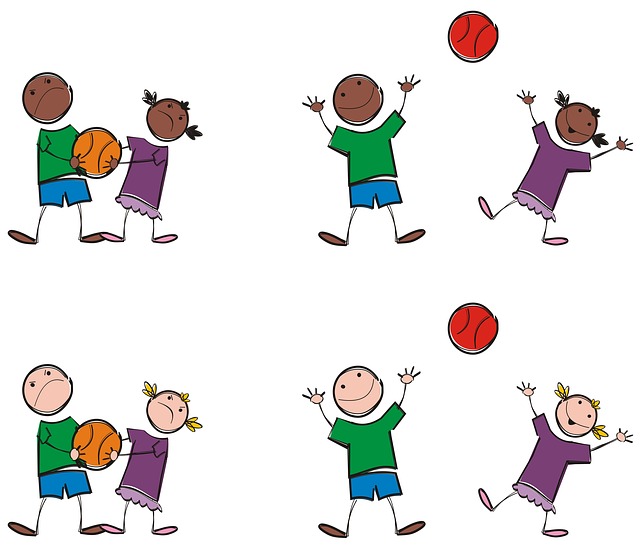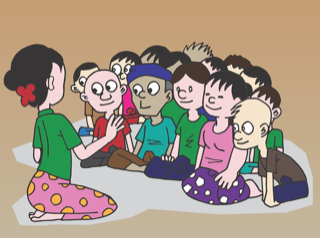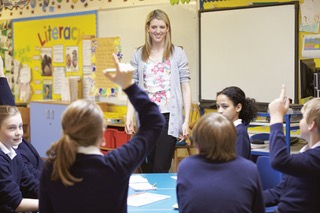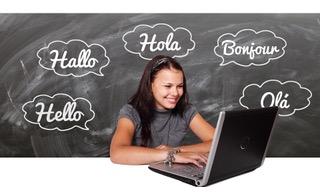
Last Minute Holiday Gift Guide
We’ve made gift giving super simple for you by breaking down toys and games into categories. Top Toys for Toddlers1. Ball Popper2. Lucky Ducks3. Surprise Eggs or Presents4. “Put in” Toys5. Simple Puzzles Turn Taking for Toddlers & Preschoolers1. Zingo2. Pop the Pig3. Jumping Jack4. Pop Up Pirate5. Bunny Hop Board Games for Elementary or Middle Schoolers1. Guess Who2. Life3. Headbandz4. Apples to Apples5. Clue Pretend Play1. Critter Clinic or Pet Vet2. Puppets3. Farm Set4. Little People Home5. Camper Set









